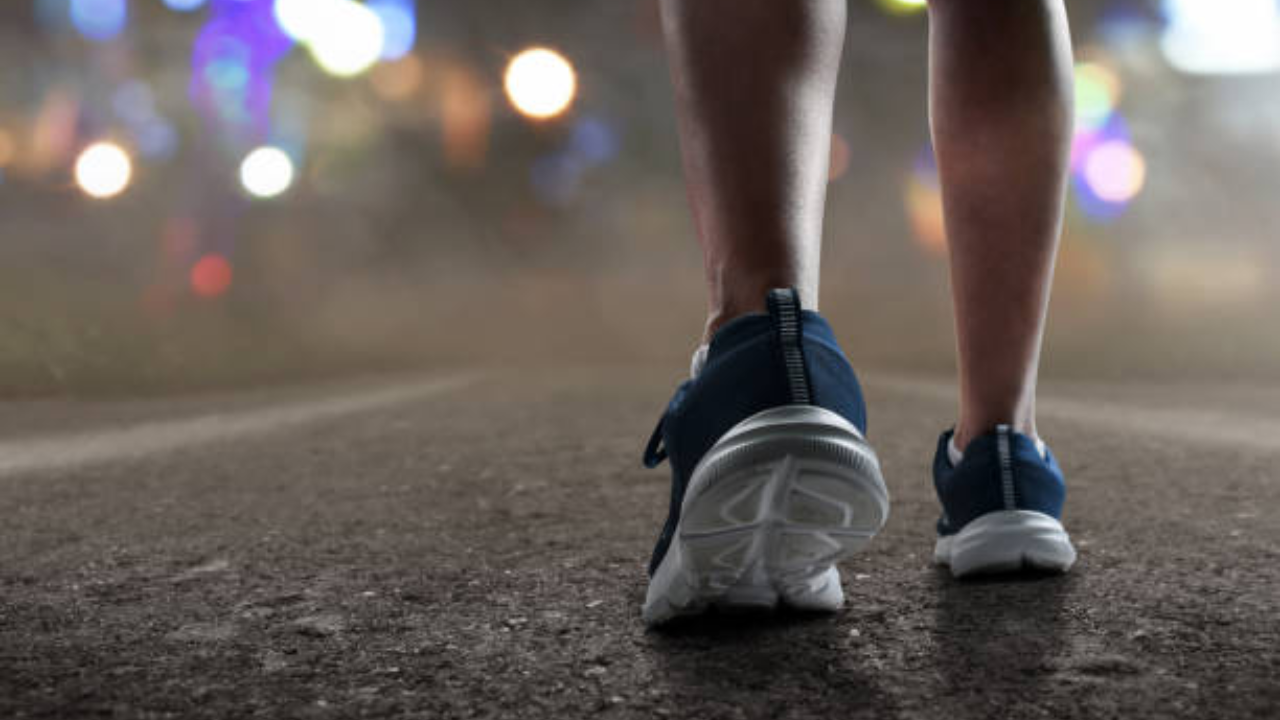Backward walking, also known as retro walking or reverse walking, is an exercise and movement technique where individuals walk in the opposite direction to traditional forward walking. While it may seem unconventional, backward walking has gained recognition for its unique benefits in various contexts, including fitness training, sports rehabilitation, and therapeutic settings.
Martial art practitioners use backward walking to improve agility
Historically, backward walking has roots in ancient practices, particularly in martial arts and cultural rituals. In ancient China, practitioners of martial arts used backward walking as a method to enhance agility, balance, and coordination. This historical use reflects its early recognition as a method to challenge and develop physical and mental faculties.
Office Chair Blues: 5 Quick Hacks To Get Rid Of The Stiffness and Pain
From a biomechanical perspective, backward walking involves a reversal of the typical movement patterns observed in forward walking. Unlike forward walking, which involves propelling the body forward with forward-facing strides, backward walking requires stepping backward with a reverse sequence of joint movements. This includes bending the knee to lift the leg behind the body and using the hip and ankle joints to support movement.
What happens when you start practicing backward walking?
Muscular activation during backward walking differs significantly from forward walking. The quadriceps, typically more engaged during forward walking, are less active, while the hamstrings and gluteal muscles become more prominent. The increased engagement of these posterior muscles contributes to improved strength and stability in the lower body, particularly in the hamstrings and calves.
Balance and proprioception, or spatial awareness of body positioning, are crucial elements of backward walking. Walking backward challenges these faculties by requiring individuals to rely on enhanced sensory input and coordination to maintain equilibrium. The proprioceptive demands of backward walking can enhance overall balance and body awareness, which is beneficial for individuals of all ages, especially older adults seeking to prevent falls and maintain mobility.
Cardiovascular benefits of backward walking include an elevated heart rate and increased oxygen consumption, similar to forward walking or jogging. The intensity of backward walking can be adjusted by varying speed and duration, making it suitable for cardiovascular conditioning and calorie expenditure in fitness programs.
Rehabilitation and physical therapy settings frequently incorporate backward walking to address gait abnormalities, improve range of motion, and enhance functional movement patterns. Patients recovering from lower extremity injuries, such as ankle sprains or knee surgeries, may benefit from backward walking as part of a progressive rehabilitation program. The controlled environment of therapy sessions allows for supervised practice and gradual progression in difficulty.
Cognitive benefits of backward walking include enhanced concentration and mental focus. Walking backward requires individuals to pay close attention to their surroundings, maintain spatial awareness, and adjust movements accordingly. This cognitive engagement can promote mental clarity and mindfulness, making backward walking a holistic exercise for both physical and mental well-being.
In sports training, backward walking serves as a valuable tool for athletes to improve agility, reaction time, and spatial awareness. Sports that involve rapid changes in direction, such as basketball or soccer, can benefit from incorporating backward walking drills to enhance agility and footwork. Athletes often use backward walking to complement traditional training methods and challenge muscle groups not typically targeted during forward movement.
Backward walking is not safe, you might trip or fall; so here are a few safety rules
Practical considerations for backward walking include safety measures and environmental awareness. Choose a clear, obstacle-free path to avoid tripping hazards. Maintain awareness of surroundings and potential obstacles. Start with slow, controlled movements to build confidence and balance. Keep the body upright with a slight bend in the knees to prevent strain. Use small steps to maintain stability and control. Wear supportive footwear with good traction to minimize slipping. Avoid abrupt turns or sudden changes in direction to prevent falls. Practice in a supervised or familiar environment until comfortable with the mechanics and rhythm of backward walking.
Source link
Modified by Maaaty at Cheap Generic Pharmacy


